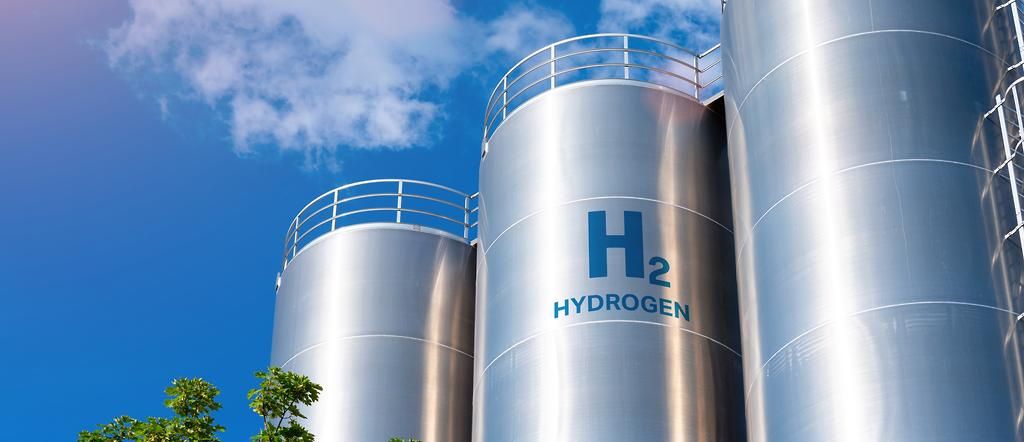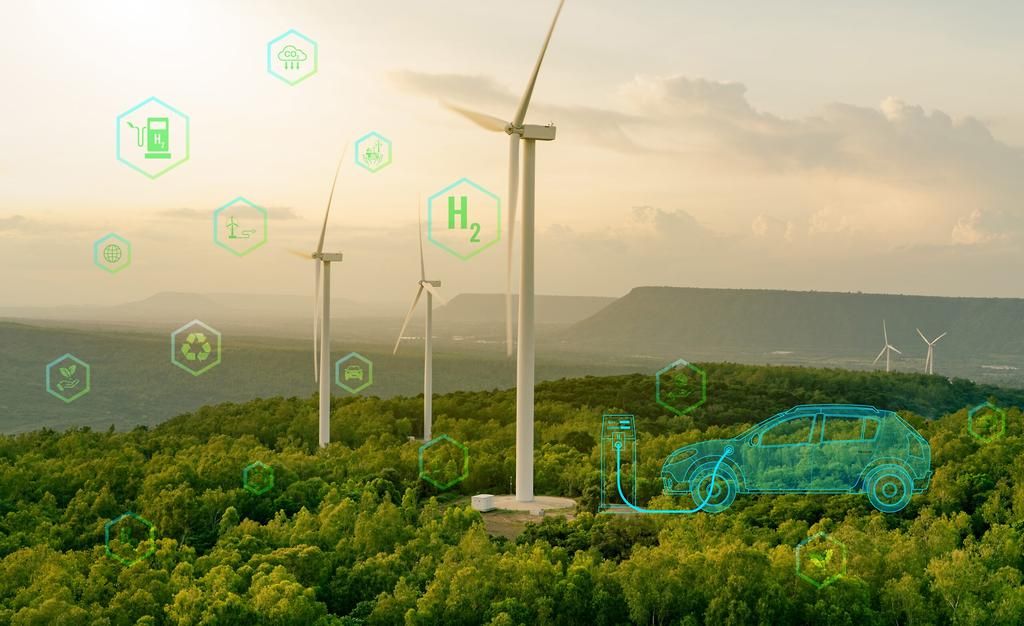Our country is known for its vast potential in natural resources and has therefore emerged as a leader in the race towards clean and sustainable energy. In this context, green hydrogen, produced from renewable sources such as solar and wind energy, has gained prominence as a promising alternative to reduce dependence on fossil fuels and address the challenges of climate change.
The beginnings of green hydrogen in Chile date back to government and private initiatives that seek to take advantage of the country’s abundance of renewable resources. With vast expanses of desert suitable for solar energy and a coast ideal for wind energy, Chile has an environment conducive to large-scale green hydrogen production. The beginnings of the project began in November 2020, when the Ministry of Energy presented the National Green Hydrogen Strategy, a long-term policy that establishes the ambitions of our country, creating a new industry, promoting the development of green hydrogen in Chile to create growth poles and position Chile as a leader in this new market.
Green hydrogen will be key in the decarbonization of heavy transportation in the country, and its use currently covers various sectors, from mobility to industry. Current examples in transportation include pilot projects for urban buses powered by hydrogen fuel cells in cities such as Santiago, Concepción and Valparaíso. These buses, which emit only water vapor as a byproduct, represent a clean and efficient alternative for public transportation, reducing greenhouse gas emissions and improving air quality in densely populated urban areas, such as Santiago. Additionally, freight transportation companies are exploring the use of trucks powered by green hydrogen to reduce emissions in their fleets. These vehicles offer a sustainable solution for logistics and freight transportation, thus contributing to the decarbonization of the transportation sector in Chile.

The impact of green hydrogen on the environment is considerable. Being produced from renewable sources, its life cycle generates minimal greenhouse gas emissions, making it an attractive option to reduce the carbon footprint and move towards a low-carbon economy. Let us remember that our country was the first in Latin America and in the world to build the first green hydrogen pilot plant. This work was developed by Enel together with the company Highly Innovative Fuels in the Magallanes Region in 2021. After a year, President Boric together with Minister Pardow inaugurated the pilot of the “Mobile Green Hydrogen Plant” of the Scientific and Technological Center in the Antofagasta region.

Just a few weeks ago ENAP (Chilean National Petroleum Company) also announced the construction of a plant in the Cabo Negro complex in the Magallanes region, and stated that its production will be used both for vehicle charging stations and for food. of the furnace of the fractionation plant in said commune.
To fully exploit the potential of green hydrogen, it is necessary to continue investing in infrastructure and technology, and strengthening public policies that encourage its development and adoption. The growing interest and commitment from both the public and private sectors is evident and suggests that green hydrogen has the potential to play a crucial role in the transition to a cleaner and more sustainable energy future in Chile.

Did you like this note? If you want to go deeper into this topic, you can review the National Green Hydrogen Strategy available at the Ministry of Energy.










